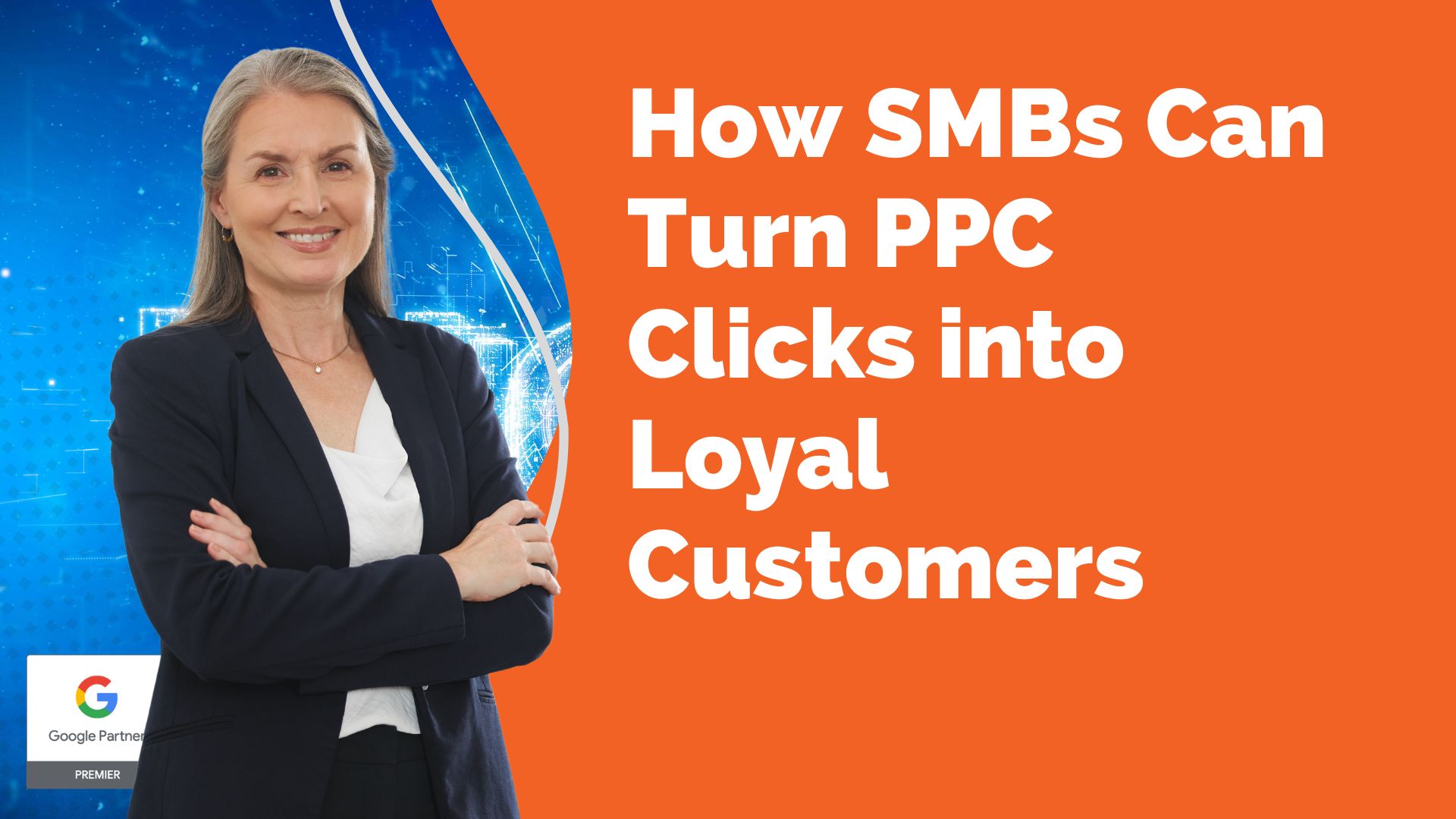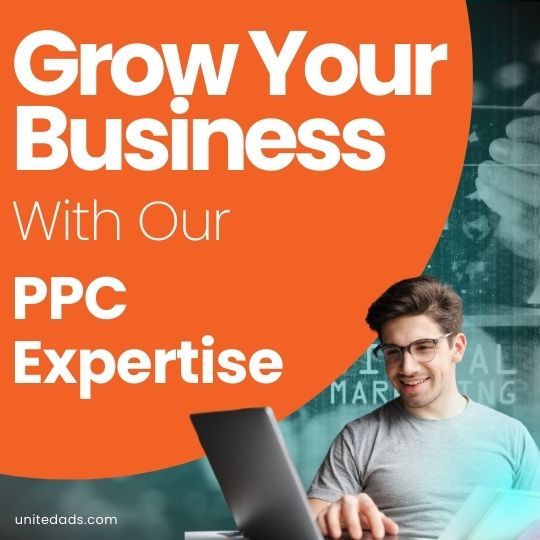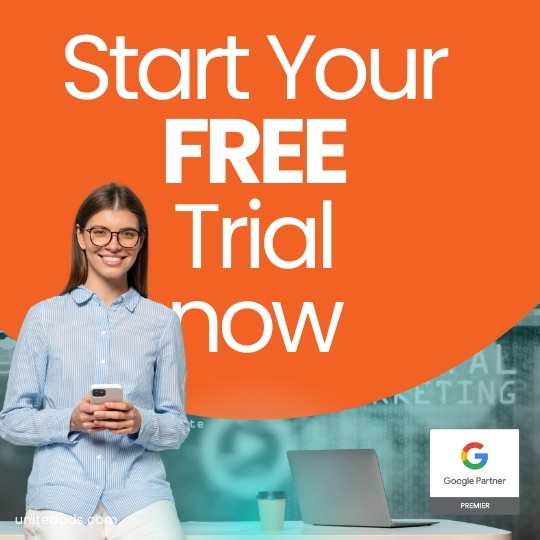[molongui_author_box]
Many small-to-medium businesses (SMBs) approach Pay-Per-Click (PPC) advertising with a singular focus: driving clicks. While clicks are an essential part of the process, they are only the first step in the journey. The real opportunity lies in what happens after the click.
For SMBs looking to build a sustainable business, it’s crucial to move beyond chasing one-time sales and focus on turning those clicks into loyal, repeat customers. It’s not just about the initial interaction, it’s about fostering a lasting relationship.
In this article, we’ll explore how SMBs can leverage PPC to build a customer base that extends far beyond the initial transaction.
The temptation is for many business owners to see the “click” as the end goal. After all, this is when you’ve successfully attracted a new potential customer to your website. However, this mindset ignores a critical point – the user’s interaction with your brand doesn’t end when they land on your website. In fact, this is often when the real work begins. The ability to convert initial clicks into loyal customers is crucial for the long-term success and sustainability of any SMB, and it’s a strategy that is often underutilized, even though it produces a higher lifetime value from customers.
Nurturing Relationships: Converting Clicks into Loyal Customers
Here’s how SMBs can move beyond the click and create a customer-centric experience that fosters loyalty:
-
Optimize Landing Pages for Conversions (Not Just Aesthetics): The user experience post-click is just as important as the ad itself. A well-designed and visually appealing landing page is essential, but it needs to go beyond aesthetics. Your landing pages must be optimized to guide users toward a desired action, such as making a purchase, submitting a form, or downloading a resource. Ensure that the landing page is relevant to the ad that attracted the click, and that the page is easy to use on any device. A well optimized page is just as important as a well-performing ad, and the two go hand-in-hand.
-
Integrate PPC with CRM: Managing Customer Relationships Effectively: Integrating your PPC campaigns with a customer relationship management (CRM) system is crucial for capturing leads, tracking customer interactions, and personalizing your marketing efforts. By feeding lead information directly into your CRM, you create a comprehensive view of each customer’s journey. This also allows for targeted remarketing based on prior engagement and interactions. A good CRM system allows for consistent and personalized communication with your customers.
-
Use Remarketing and Email Marketing: Nurturing Leads After the Initial Click: Remarketing and email marketing are powerful tools for staying connected with potential customers who have already engaged with your website. Segment your remarketing lists based on user behavior, such as abandoning a shopping cart, viewing specific products, or completing a specific action. Then, use targeted emails to follow up with offers, reminders, and relevant content. A tailored email program allows you to stay in contact with your potential customers. Nurture leads and guide them closer to a sale with personalized communications.
-
Create a Sense of Community and Loyalty: Building Relationships, Not Just Sales: Encourage customer engagement by creating a sense of community and encouraging dialogue. This can be through social media, forums, or email communications. Create opportunities for customers to share their experiences with your brand. Build a community around your product that increases engagement and fosters a loyal customer base. Customer connections not only drive sales but build a reliable source of returning revenue.
-
Capture Valuable Customer Data: Understanding and Improving the Customer Journey: Use each interaction to gather insights about your customers. Capture data about their behavior, interests, and preferences to inform future marketing campaigns and product development. Tools such as Google Analytics, CRM platforms, and customer feedback surveys are essential for collecting data. By gaining valuable customer data, you will continue to improve not only the performance of your PPC campaigns but also the overall customer experience. Data driven decisions are key for long-term success.
Customer Retention is as Important as Acquisition
While acquiring new customers through PPC is essential, retaining those customers is equally crucial for the long-term health of an SMB. Focusing on post-click activities, building relationships, and creating a loyal customer base is far more sustainable and profitable than simply chasing one-time sales. Your marketing efforts should not stop at the sale. It is crucial to make sure that you are cultivating loyal customers and advocates that will not only return but also recommend you to others.
The Power of Customer-Centric PPC
The most successful PPC campaigns are those that focus on the entire customer journey, not just the initial click. By adopting a customer-centric mindset, SMBs can create a loyal customer base that goes beyond the one-time purchase. It’s about more than just attracting customers. It’s about building long-term relationships that result in repeat sales and brand loyalty.
Ready to Build Lasting Customer Relationships?
Are you ready to move beyond the click and start building loyal customer relationships with your PPC campaigns? Implement these steps and start transforming your PPC campaigns from a lead generating tool into a relationship-building asset.







